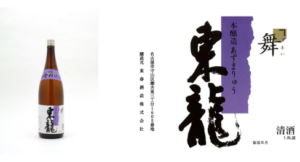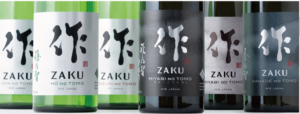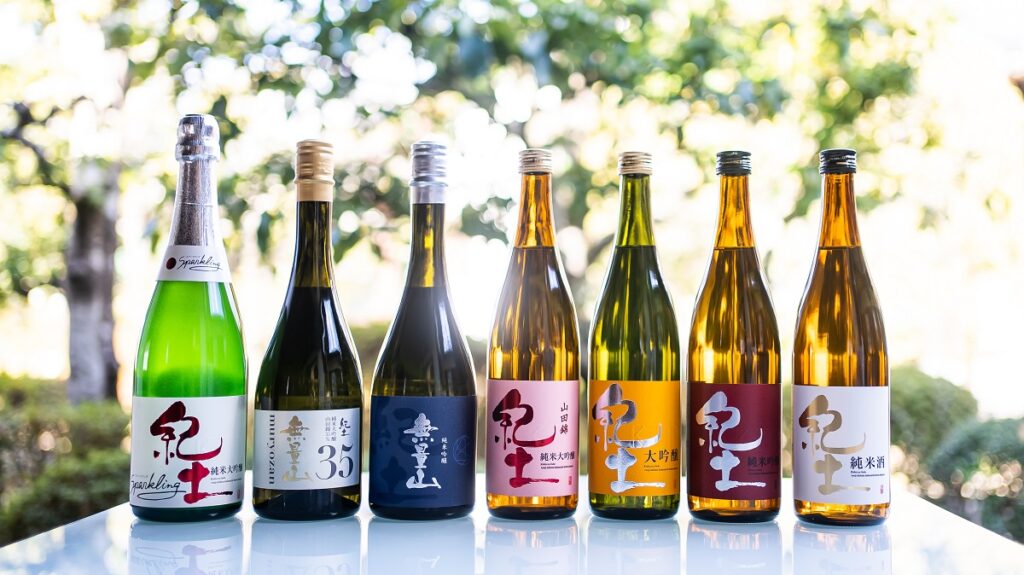
“KID” is brewed in Kainan-city, Wakayama prefecture.
Contents
How the name “KID” was born
“KID” is a representative brand name of Heiwa Shuzou, which comes from "Ki(紀)" from Kishu(紀州), and “Do(土)from Fuhdo(風土:soil). Kishu is one of the former regional administrative divisions of Japan, another name of which was Kii or Ki-no-kuni. It refers to present-day Wakayama Prefecture and southern Mie Prefecture.
It is a land rich in nature with many trees and was once called "the land of trees (Ki-no-kuni: 木の国)". The kanji “木” eventually changed to “紀” with the same pronunciation but meaning “establishing lines and rules”, and became Kishu (紀州).
Heiwa Shuzou is located in the rich natural environment of Kishu. And the climate and pure water of Kishu gave birth to "紀土:KID". But why is “KID” pronounced like an English word, instead of “ki-doh” in the original Japanese pronunciation?
The word "kid" is a casual expression of "child" in English. The president Yamamoto says, “I want to raise sake as I raise my own children, and I also want to cultivate a new generation of drinkers with our sake.” So, Heiwa Shuzou named their sake with a Japanese kanji read in English to give it two meanings.
Mr. Yamamoto also says that he wanted to create a stylish image that would fit both the Japanese scene where Japanese food is served and the classical image of a Western dinner table covered with a white tablecloth.
The difference between "kid" and "child" is that "kid" is used in everyday conversation, while "child" is used in more formal situations. As the definition suggests, the sake “KID” is also a reasonably priced and friendly-tasting sake.
About KID's label colors
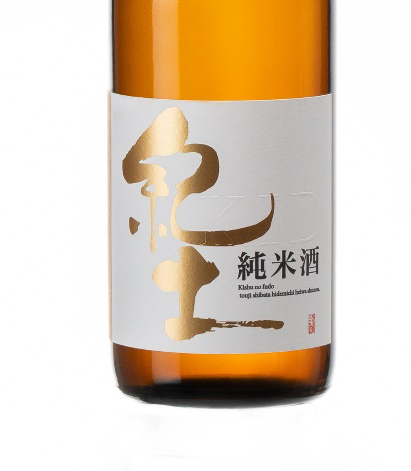
White label: “KID Jummai-shu”
Basic line-up of all with a plain color of white label. Owing to its mild aroma and a clean, crisp taste, it is easy to match with a wide range of dishes. It is a sake you will want to keep on hand. I heard even the brewers at Heiwa Shuzou drink it every day.
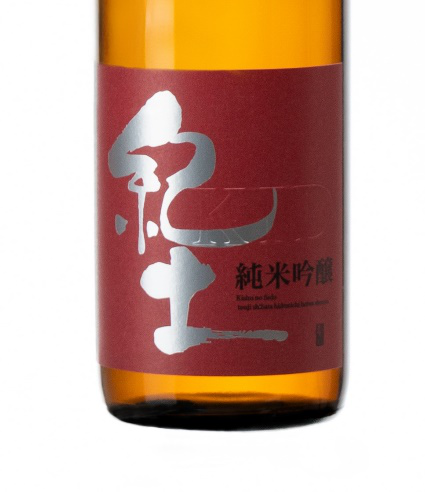
Red label: “KID Jummai Ginjo-shu
Red is a contrasting sake to the white Jummai-shu as the label color shows. It has a gentle and gorgeous ginjo aroma. It can be enjoyed in any style, cold, at room temperature, or warm.
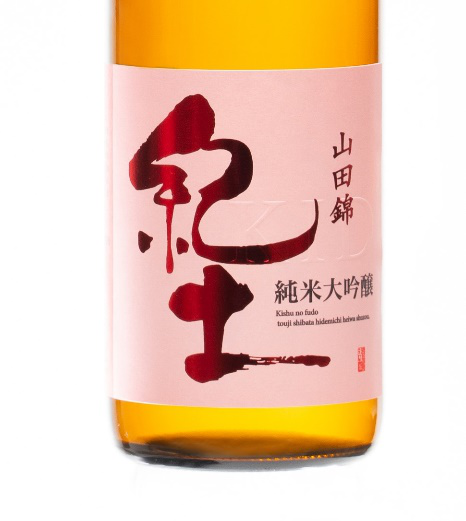
Pink Label: “KID Jummai Daiginjo”
Fruity, easy to drink, and catchy. Recommended for a wide range of people including those who are new to KID. The price is also reasonable at 1,540 yen tax included (720ml) for this specification of Jummai Daiginjo. The pink color adds a more flowery impression to the sake.
White label: “KID Jummai-shu”
Basic line-up of all with a plain color of white label. Owing to its mild aroma and a clean, crisp taste, it is easy to match with a wide range of dishes. It is a sake you will want to keep on hand. I heard even the brewers at Heiwa Shuzou drink it every day.
Red label: “KID Jummai Ginjo-shu
Red is a contrasting sake to the white Jummai-shu as the label color shows. It has a gentle and gorgeous ginjo aroma. It can be enjoyed in any style, cold, at room temperature, or warm.
Pink Label: “KID Jummai Daiginjo”
Fruity, easy to drink, and catchy. Recommended for a wide range of people including those who are new to KID. The price is also reasonable at 1,540 yen tax included (720ml) for this specification of Jummai Daiginjo. The pink color adds a more flowery impression to the sake.
About Typeface of “KID”
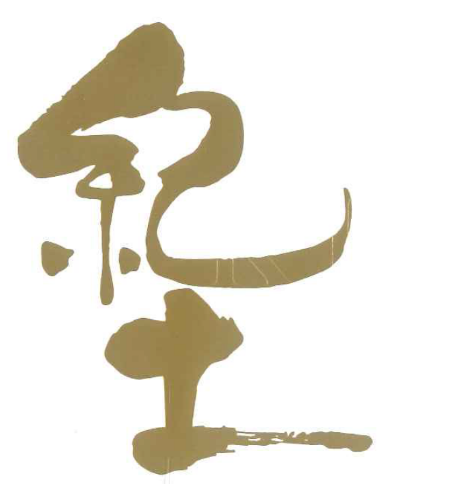
A label designer presented a basic typeface of “KID (紀土) to Heiwa Shuzou. And Mr. Yamamoto himself added his own touches to give an impression of “relaxed but vivacious”. He said, “I could say that I had almost redesigned it. “
Yes, it certainly represents his passionate power towards “KID”.
Where did the "Muryozan" in the KID series come from?

"Muryosan(無量山)" is KID’s high-end series.
While KID was intended to have a relatively accessible lineup, the Muryosan series was launched not only because they wanted to please sake drinkers, but also to create what they believed to be the best sake in Japan.
Heiwa Shuzou was established in 1928, but it originated in a Buddhist temple. The name of the temple was "Muryosan*1 Choganji(無量山超願寺)". When you break down the name “Muryozan”, it is divided into “muryo(無量)” and “zan (山)meaning mountain. The word "muryo (無量)" has the meaning of "unmeasurable," often used to describe a feeling such as “speechless” or “very impressive”.
The sake “Muryozan” was named after the mountain. Although the mountain and the temple no longer exist *2, an immeasurable wish of the brewery is contained in this KID Muryozan series.
Note 1: Since many temples were built in the mountains, the name of the mountain was given before the name of the temple.
Note 2:According to research by the Industrial Promotion Division, Kainan City Hall, Wakayama Prefecture.
About Heiwa Shuzou
Founded in 1928 during the early Showa period, Heiwa Shuzou lived through the hardship of the times. It was exposed to economic crises and widespread business closure many times, but they managed to survive them through the onset of World War II. Eventually, the brewery was forced to close during the war. Restarting the business was not allowed even after the war had concluded.
The second generation head of the brewery, Yasumasa Yamamoto, who was exasperated with the government’s unfair treatment, went to the Diet and made a speech to lobby for the resumption of sake brewing.
He talked about the pain of being forced to close the brewery and the hope of brewing sake in the peaceful post-war era, and received a lot of applause for his speech. After such passionate efforts, permission was finally granted to reopen the brewery.
“Heiwa(平和)” means peace in English. The name of the brewery was inspired by the idea of "brewing sake in a time of peace”.
What a persuasive and beautiful name!
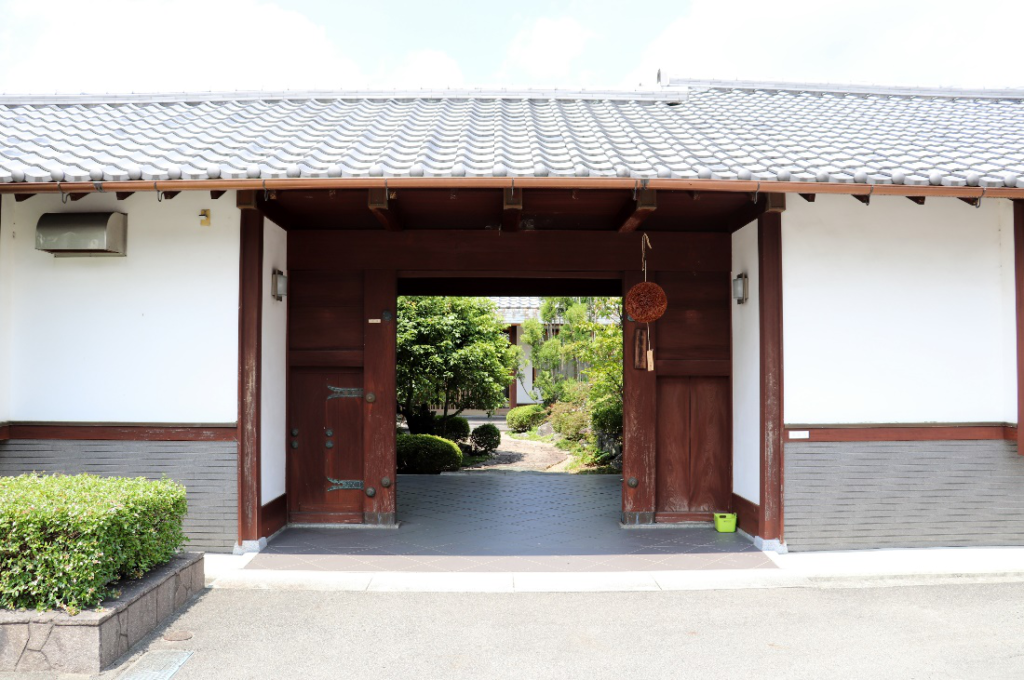
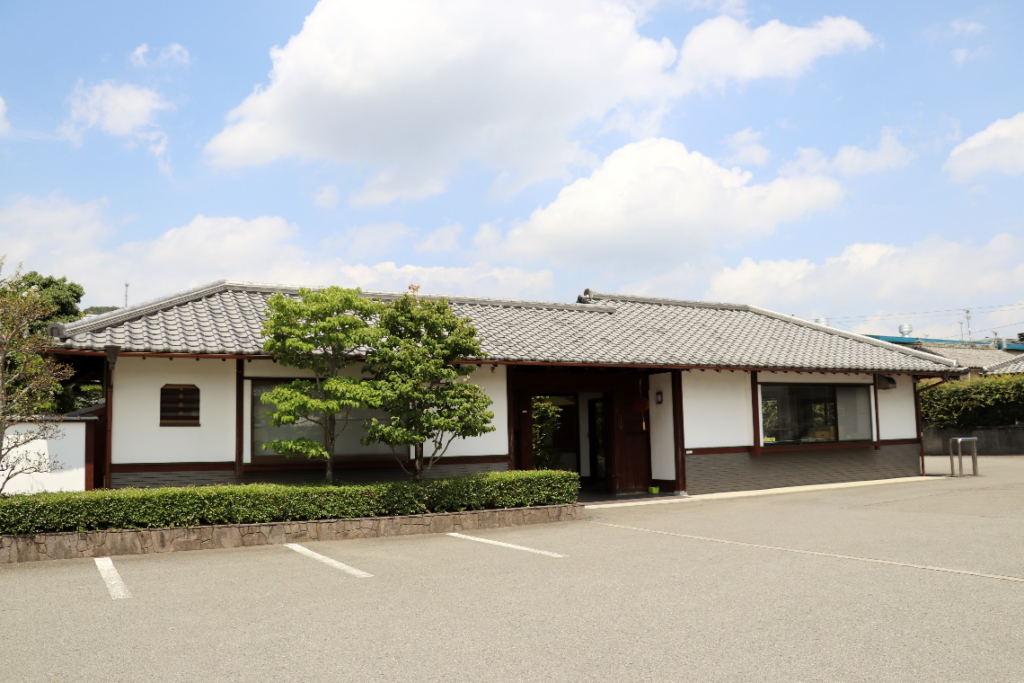
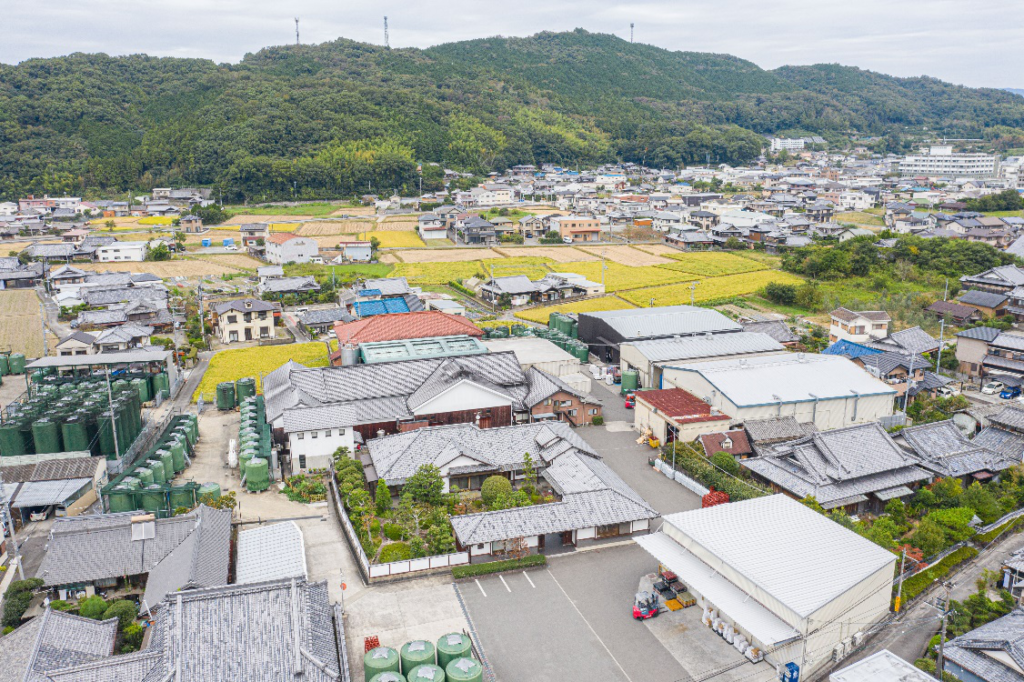
Interview cooperated by: Mr. Norimasa Yamamoto, President of Heiwa Shuzou
Interview date: September 8, 2021
Image Data: Presented by Heiwa Shuzou
Post-interview: President Yamamoto, who frequently appears in the media, was the interviewee. My first impression of him was like that of a musician; young and smart, a man with a keen sense of grasping the hearts of young people, and with the logical sense of direction, he seemed full of confidence. He convinced me with his presence why KID attracts people. Now, I am already one of those people.
Thank you very much for your time, Mr. Yamamoto.
Also, my thanks to Ms. Hazuki Nishioka for arranging the interview. As President Yamamoto said, "Ms. Nishioka knows more about the details than I do," her quick and detailed response after the interview was a great help to me.

